Infrared Photography
by Taylor Slattery | September 24, 2019
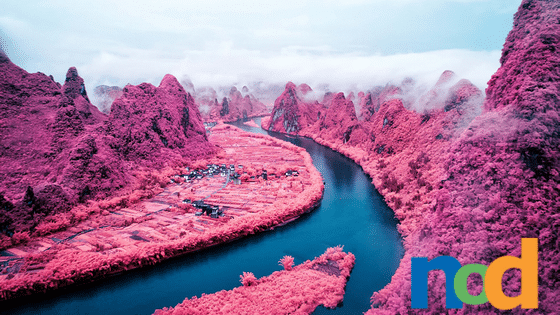
The spectrum of light is measured by wavelength in nanometers. The names of its various parts are familiar to us by their association with the technologies that employ them, like X-rays, TV, FM and AM. Visible light, the part visible to the human eye, measures from 400 nm to 700 nm and sits between ultraviolet rays and infrared rays.
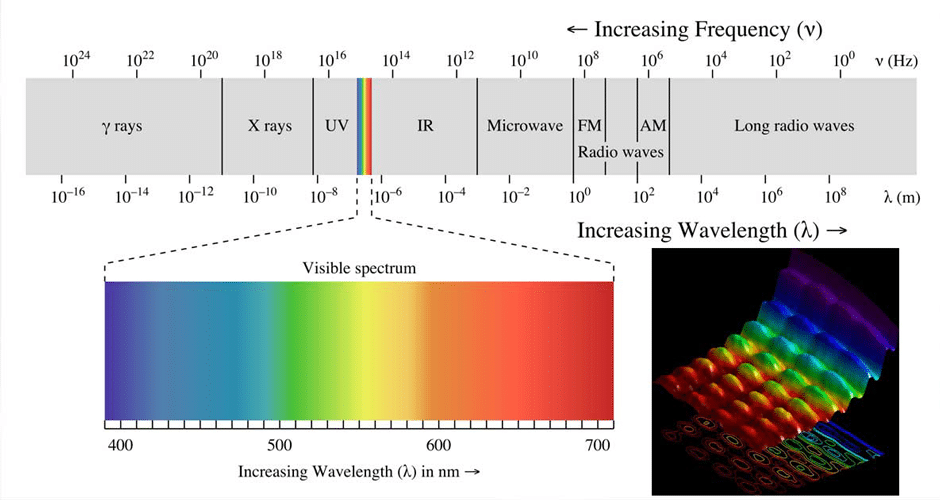
Modern cameras are capable of capturing wavelengths from 300 nm to 1200 nm, but infrared light can interfere with the camera’s mechanisms for calculating exposure and focusing. To avoid these issues altogether, manufacturers place a filter in front of the image sensor to block infrared light. But what happens when you remove this filter?
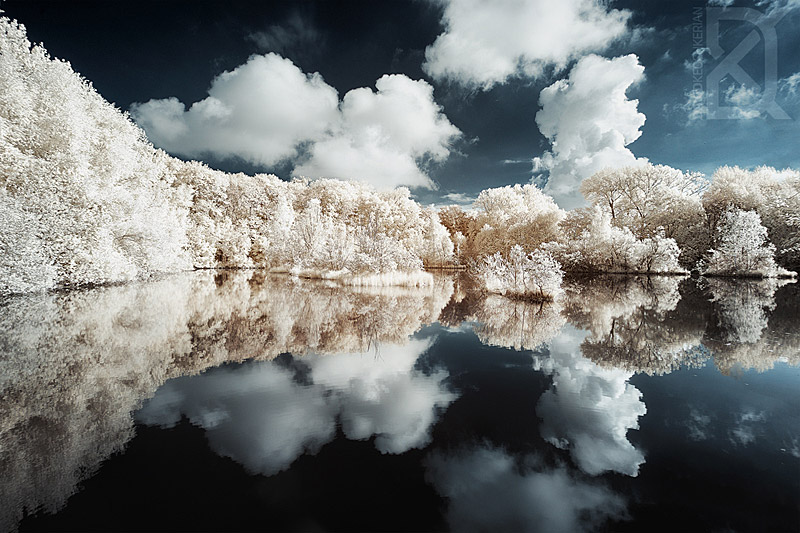
We can see the world, quite literally, through a new lens. Skies become dark and plant life begins to glow.
Infrared photography captures the range just beyond visible light, from 700 nm to 900 nm. To accomplish this, many photographers replace their camera’s infrared blocker with an infrared filter. Now, rather than only allowing visible light to pass through, only infrared is permitted. This results in the altered appearance of the color channels. Different filters can be used to alter the channels selectively and achieve a wide range of results.
While altering your camera’s internal filter yields the most impressive results, there are a couple of downsides. Such a modification requires un-assembling your camera which can void the warranty. Also, because this modification is internal, changing your filter isn’t as simple as swapping a lens. Most photographers who shoot infrared typically have a camera dedicated to the task.

If you’re hesitant to pry open your only camera, this doesn’t mean that infrared photography is out of reach.
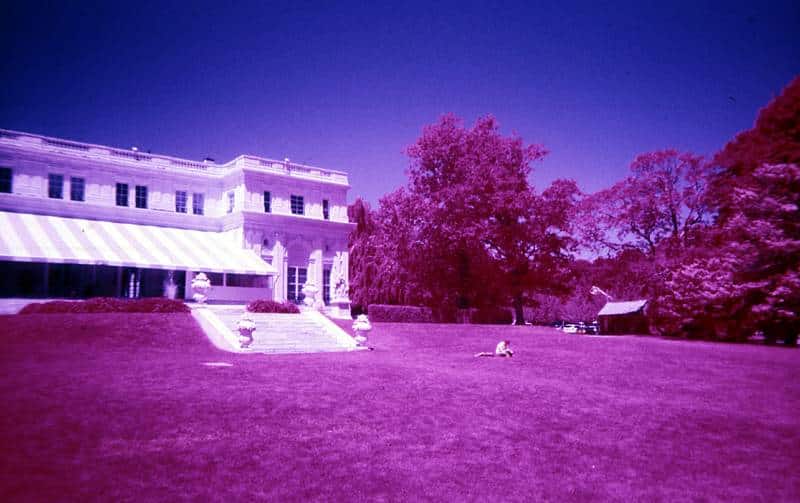
Film cameras can capture infrared images simply by using an infrared film.
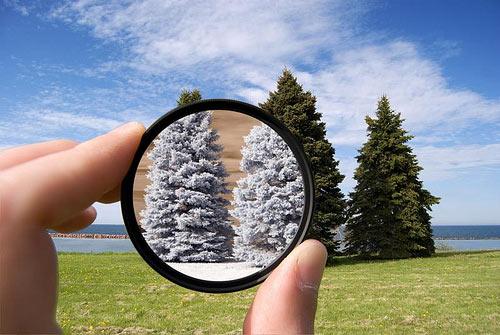
If you shoot digitally, you can also use an external filter that threads on to your lens. This will work in tandem with the camera’s internal filter, which blocks infrared, so this route can be limiting. Because the amount of light that is allowed through to the sensor is so restricted, long exposures are necessary to capture this effect.
As a result, your subject matter may be limited to landscapes, which isn’t necessarily a bad thing, as they happen to lend themselves nicely to infrared photography. If you don’t live in the most photogenic of places, infrared photography is a great way to add some interest to the everyday.

Taylor is the Managing Editor of Notes on Design. Taylor is a graphic designer, illustrator, and Design Lead at Weirdsleep.






 Design Interview: Resistenza
Design Interview: Resistenza Minimalist Portfolio Themes for 2018
Minimalist Portfolio Themes for 2018 Free Font Friday: Objective
Free Font Friday: Objective